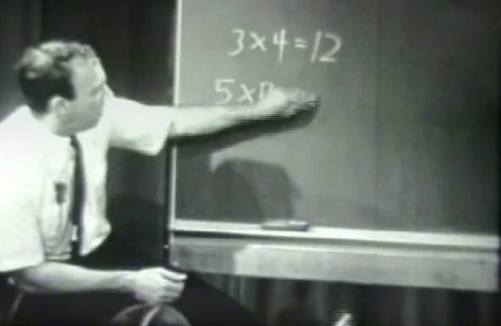Accepting the brevity of this post, more than a month ago I made a note of a Twitter conversation on addressing behaviour in school as a reminder.
We are a “positive behaviour model” school. That is, as staff, we do our very best to recognise and model positive behaviours ourselves, before addressing or redirecting behaviours that are not “positive.”
I saw this phrase in a school I worked with recently – “Connect before you correct”
Codifying culture is IMO a key mechanism to create consistency.
Scenario
“Tom, are you okay? Can I help?”
“I just noticed you were shouting at one of your friends.”
“What is one of our core values?”
“Yes, that’s correct. We behave professionally in our school which means we don’t shout at others”
Teacher then issues a sanction.
Michael Chiles @m_chiles
Further down the thread.
At TTCT we add connect again at the end. End with ‘anything I can do to help you’ to show the importance of rebuilding the relationship and our value of teamwork. So connect, correct and connect.
Here is my understanding and use of the combined conversation.
CONNECT: [Name], are you okay? Can I help? [pause]
CORRECT: Thank you for pausing to speak with me. I noticed [behaviour to correct]
[Share a common value, aim, expectation]
[Sanction]
CONNECT: Thank you [Name]. Is there anything I can do to help you?
Paddling in deep waters
There is a bucket-load of if’s, then’s, and maybe’s, and more, around this scenario (eg do you know the schools behaviour policy? Do you know the pupil, the pupil’s name, pupil characteristics. What about the teachers characteristics? Where are you, when is it? First / second time, tone, body language, stance, is ‘now’ the right time to address this behaviour? If not now, when?) and scripted conversations generally. However, there is a good deal of common sense to it also. Remember, it was just an observation and conversation.
If you are new to a school, I foresee that ‘connect, correct and connect again,‘ has more going for it than not having a simple, memorable, scripted conversation routine on hand when one is required.
It would appear @DGoodall9 agrees.
After our conversation the other week I have found ‘is there anything else I can do to help you today?’ really helpful. This has forged a true connection and students have felt valued.
@DGoodall9



